There was a time when human kind was restricted to what they could see using naked eye, time changed and scientists started observing and pondering and discovered that we are not alone. There are beings much smaller than the things we could see through naked eye. These organisms are microorganisms. These organisms were related to disease and infections and different diseases were caused by different organisms. Keeping this in mind, it became inevitable to divide these organisms, name them and discover the methods to differentiate and diagnose them.
Gram staining is one of those methods that differentiate and diagnose microorganisms. This method of staining was introduced by a Danish biologist whose name was Hans Christian Gram, hence the name gram staining , in the year 1882. This method is widely used to in laboratory.
Gram staining is a differential staining method and it divides bacteria into two major groups gram positive bacteria and gram negative bacteria. This test basically exploits the difference between the cell walls of different bacteria.
PRINCIPLE OF GRAM STAINING
Gram staining depends completely on the differences between cell walls of different bacteria.
Gram-positive bacteria are made up of thick cell wall composed of a single, thick layer of peptidoglycan. This thick peptidoglycan layer retains the primary stain and appear purple or blue.
In contrast, gram negative bacteria has thin peptidoglycan layer that can not retain primary stain and appear pink. Gram negative bacteria also have thin outer lipid membrane.
GRAM STAINING METHOD
REAGENTS
- PRIMARY STAIN : Crystal violet
- MORDANT: Gram’s iodine
- DECOLORIZER : Acetone /Alcohol
- COUNTER STAIN: Safranin/Fuchsin
LABORATORY TOOLS
- Microscope
- Clean slides
- Lamp
- Water
- Slide stand
- Loop to inoculate
PROCEDURE
FIRST STEP
First step is preparation of slide smear and its fixing.
Take a clean slide and an inoculation loop. Loop is used to transfer smear on slide. Heat the loop until red and let cool. Take bacterial colony from culture using loop and inoculate on slide. Add a drop of water on slide and make thin film. Air dry and then heat fix.
Slide is now ready for second step i.e. staining
SECOND STEP
- PRIMARY STAIN: Add a generous amount of crystal violet on the slide and let it rest on slide stand for one minute. After one minute wash off the slide.
- MORDANT: Add a generous amount of mordant i.e. Gram’s iodine and let it rest for one minute. Rinse off
- DECOLORIZER: Wash slide with decolorizer for 5-10 seconds and then rinse with water immediately to stop decolorizing process.
- COUNTER STAIN: Add generous amount of counter stain and let it rest for one minute. Rinse off.
EXPLANITION OF PROCEDURE:
- Initially smear on slide is fixed with heat so that bacteria do not wash off when slide is rinsed during procedure and after decolorizing with acetone.
- Basic or primary dye is absorbed by the peptidoglycan layer which is present in almost all bacteria.
- Mordant is added so that crystal violet of and iodine make a complex and cell retains its dye after decolorization.
- Peptidoglycan layer is thin in gram negative bacteria, so the primary dye is only washed off during decolorization in gram negative bacteria.
- secondary dye stains the decolorized gram negative bacteria.
OBSERVATION UNDER MICROSCOPE
- Observe this slide under light microscope
- Gram positive bacteria will appear Purple
- Gram negative bacteria will appear pink
- Some bacteria give variable results due to change in composition of cell wall and absence of cell wall.
- Shape and arrangement of bacteria can also be observed
ERRORS
- If culture is old results are not reliable because cell walls of bacteria are degrading
- Over heating during heat fixing may result into cell wall destruction
- Thick smear gives unreliable result because dyes, mordant and decolorizer are not available evenly


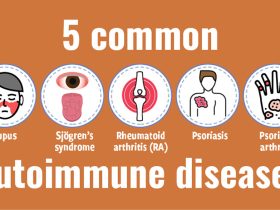
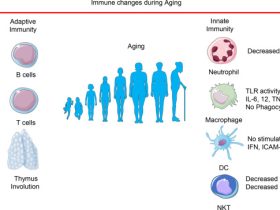
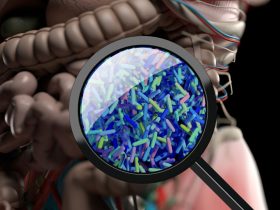

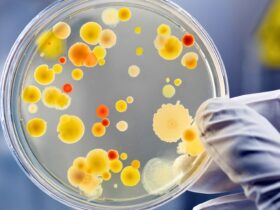
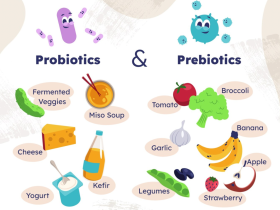
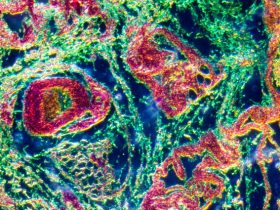
Leave a Reply